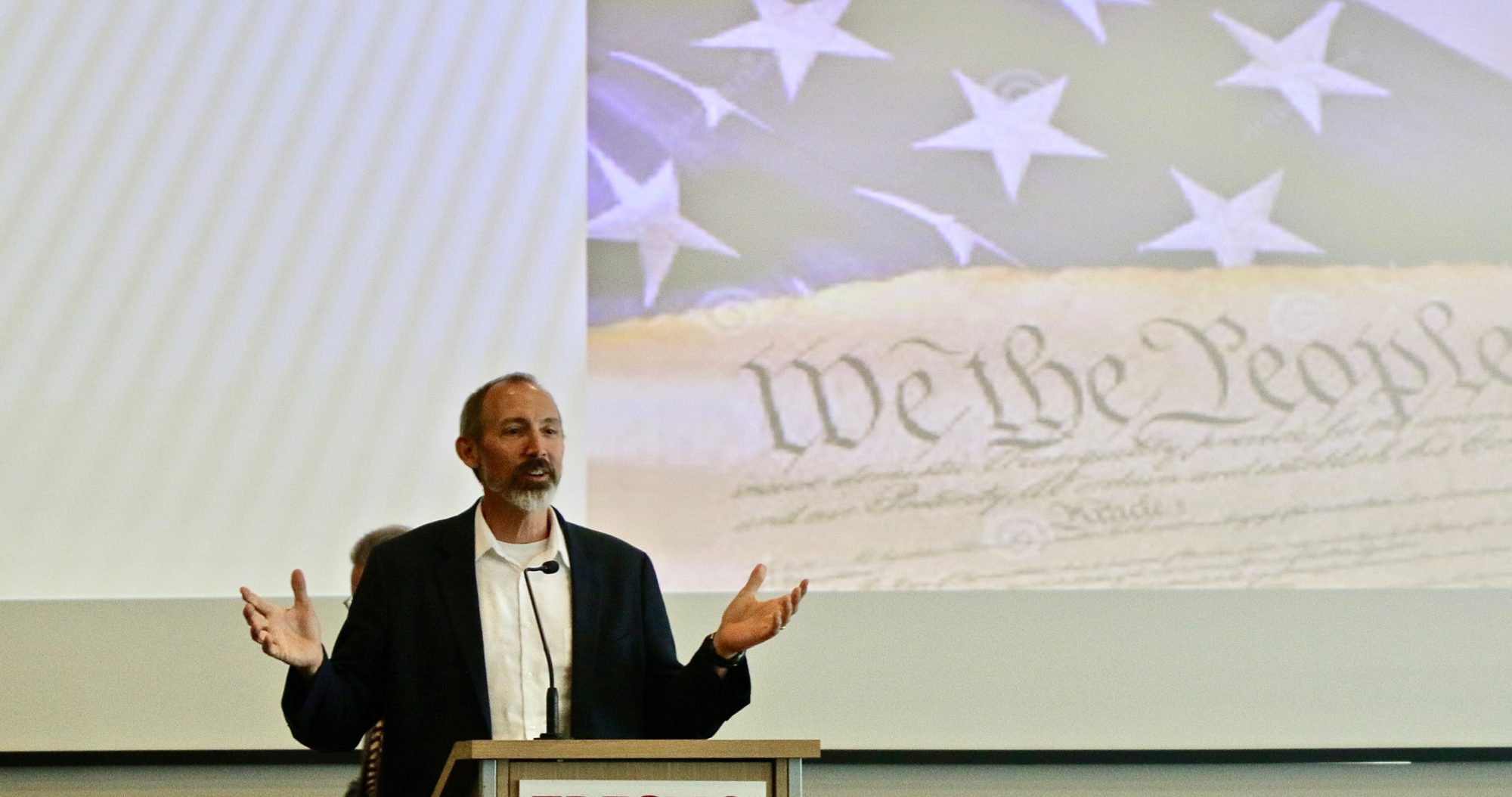Remember and honor sacrifices before us
Andrew Fiala
Originally published Fresno Bee 2012-04-21
Editor’s note: Andrew Fiala contributed this column from Greece, where he is doing research while on sabbatical.
Sometimes hope is hard to find. Times are tough. Jesus was crucified. Socrates was killed. And so it goes.
My experience in Israel left me pessimistic. I asked nearly everyone I met — Israelis and Arabs — whether they were hopeful about the future. The vast majority admitted that they were not. A few confessed that they hadn’t felt hopeful since the Prime Minister, Yitzakh Rabin, was assassinated in 1995 by a right-wing radical who was opposed to the Oslo peace plan. That’s a long time to live without hope.
And the turmoil continues, with rocket attacks, missile strikes, protests, arrests, hunger strikes and rattling sabers. One Israeli confessed that he had obtained European passports for his children — just in case.
But Europe is not much better. The economy is so bad in some places that suicide rates are climbing and journalists have described a new phenomenon, “suicide by economic crisis.” Things look particularly bleak in Greece, where I’m concluding my sabbatical research. One in five Greeks is unemployed. There is more austerity to come.
On April 4, just as I arrived here, a 77-year-old pensioner, Dimitris Christoulas, killed himself in Athens in front of Parliament. His suicide was not merely an act of despair. It was a political act. Christoulas left a note calling on people to take up arms and “hang the traitors of this country.” Riots erupted the next day in Athens. And so it goes.
The day after the riots in Athens, I visited the Parthenon, the massive temple to Athena that sits on the hill overlooking the city. Later, I had a conversation about the economic crisis with a Greek woman I had met. I told her I visited the Parthenon. She scowled. She said she hates the Parthenon. “It was built by slaves,” she said, “a symbol of oppression.”
It is possible to draw a dark conclusion from the history of the world. In the end there are only ruins and graves. And much of what is left was built on the backs of slaves who worked and died in obscurity. And so it goes.
I’ve been surprised to discover that many archaeological sites are littered with unfiltered shards and uncounted fragments. There are too many broken pieces of the past to collect them all. The remnants are too small, too insignificant. In many places, crumbling columns and shattered pottery lie piled in heaps, covered with weeds.
The earth is littered with the wreckage of proud ancient civilizations that have vanished. The saddest cases are the relics of cultures whose languages remain un-deciphered, whose rituals and gods and slaves are gone forever.
This can leave you feeling hopeless. The American novelist Kurt Vonnegut once asked, “what can a thoughtful man hope for, given the experience of the past million years?” He answered: “nothing.” But we must be careful with this conclusion and the apathetic shrug of “and so it goes.”
It is better to listen to the words of Rabin, the murdered Israeli Prime Minister: “We will not let up. We will not give in. Peace will triumph over all our enemies, because the alternative is grim for us all.”
If you don’t have hope, why bother to complain — what difference would it make? If you give up hope, then the grim alternative comes true. Hope is an act of solidarity, a protest against evil, and a rebuke to the indifference of the universe.
The American philosopher William James once explained — in an essay called “Is Life Worth Living?” — that a sense of honor and gratitude toward all of those who have lived and died before us should give us a reason to keep working for a better world. He said that we must do some self-denying service in return for all those lives upon which our own is built.
The ruins and violence in Athens and Jerusalem remind us of the long struggle of humanity. How many millions have lived and fought and died so that the world could be a better place? When things look dark, it’s important to remember the sacrifices of those who came before: the prophets, politicians, philosophers, and slaves upon whose shoulders we stand.

